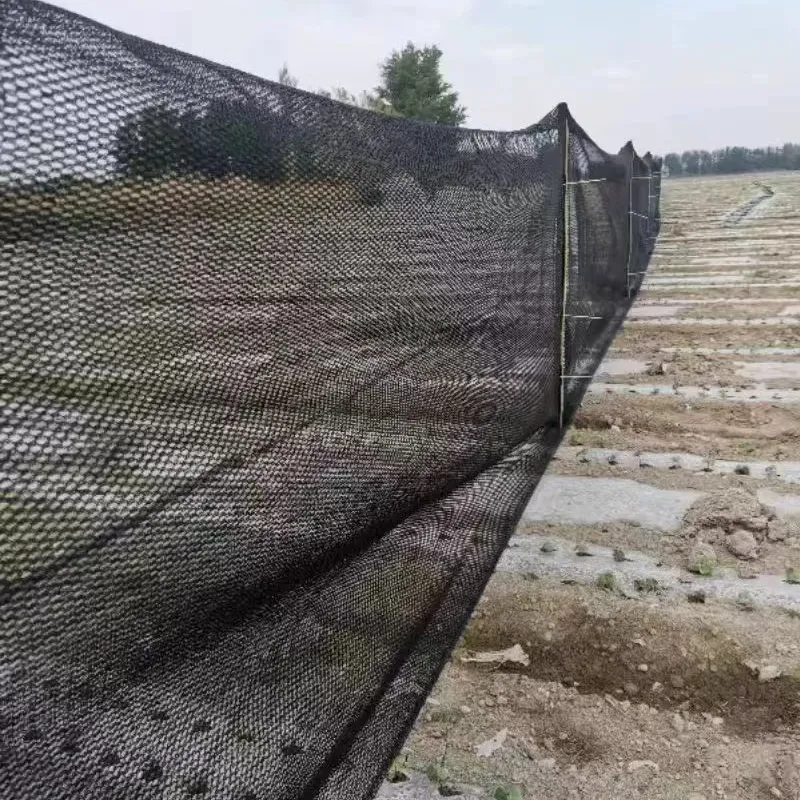-
 Afrikaans
Afrikaans -
 Albanian
Albanian -
 Amharic
Amharic -
 Arabic
Arabic -
 Armenian
Armenian -
 Azerbaijani
Azerbaijani -
 Basque
Basque -
 Belarusian
Belarusian -
 Bengali
Bengali -
 Bosnian
Bosnian -
 Bulgarian
Bulgarian -
 Catalan
Catalan -
 Cebuano
Cebuano -
 China
China -
 Corsican
Corsican -
 Croatian
Croatian -
 Czech
Czech -
 Danish
Danish -
 Dutch
Dutch -
 English
English -
 Esperanto
Esperanto -
 Estonian
Estonian -
 Finnish
Finnish -
 French
French -
 Frisian
Frisian -
 Galician
Galician -
 Georgian
Georgian -
 German
German -
 Greek
Greek -
 Gujarati
Gujarati -
 Haitian Creole
Haitian Creole -
 hausa
hausa -
 hawaiian
hawaiian -
 Hebrew
Hebrew -
 Hindi
Hindi -
 Miao
Miao -
 Hungarian
Hungarian -
 Icelandic
Icelandic -
 igbo
igbo -
 Indonesian
Indonesian -
 irish
irish -
 Italian
Italian -
 Japanese
Japanese -
 Javanese
Javanese -
 Kannada
Kannada -
 kazakh
kazakh -
 Khmer
Khmer -
 Rwandese
Rwandese -
 Korean
Korean -
 Kurdish
Kurdish -
 Kyrgyz
Kyrgyz -
 Lao
Lao -
 Latin
Latin -
 Latvian
Latvian -
 Lithuanian
Lithuanian -
 Luxembourgish
Luxembourgish -
 Macedonian
Macedonian -
 Malgashi
Malgashi -
 Malay
Malay -
 Malayalam
Malayalam -
 Maltese
Maltese -
 Maori
Maori -
 Marathi
Marathi -
 Mongolian
Mongolian -
 Myanmar
Myanmar -
 Nepali
Nepali -
 Norwegian
Norwegian -
 Norwegian
Norwegian -
 Occitan
Occitan -
 Pashto
Pashto -
 Persian
Persian -
 Polish
Polish -
 Portuguese
Portuguese -
 Punjabi
Punjabi -
 Romanian
Romanian -
 Russian
Russian -
 Samoan
Samoan -
 Scottish Gaelic
Scottish Gaelic -
 Serbian
Serbian -
 Sesotho
Sesotho -
 Shona
Shona -
 Sindhi
Sindhi -
 Sinhala
Sinhala -
 Slovak
Slovak -
 Slovenian
Slovenian -
 Somali
Somali -
 Spanish
Spanish -
 Sundanese
Sundanese -
 Swahili
Swahili -
 Swedish
Swedish -
 Tagalog
Tagalog -
 Tajik
Tajik -
 Tamil
Tamil -
 Tatar
Tatar -
 Telugu
Telugu -
 Thai
Thai -
 Turkish
Turkish -
 Turkmen
Turkmen -
 Ukrainian
Ukrainian -
 Urdu
Urdu -
 Uighur
Uighur -
 Uzbek
Uzbek -
 Vietnamese
Vietnamese -
 Welsh
Welsh -
 Bantu
Bantu -
 Yiddish
Yiddish -
 Yoruba
Yoruba -
 Zulu
Zulu
welded wire fabric
The Versatility and Applications of Welded Wire Fabric
Welded wire fabric (WWF), also known as welded wire mesh, is an essential component in various construction and engineering projects. This material is made by welding together intersecting wires at regular intervals, forming a grid-like pattern that provides strength and flexibility. The fabrication process involves using high-quality steel wires, which makes welded wire fabric a durable solution suitable for both industrial and residential applications.
One of the primary characteristics of welded wire fabric is its strength. The welding process ensures that connections between the wires are robust, creating a unified sheet that can withstand significant stress. This strength makes WWF ideal for concrete reinforcement. In construction, it is commonly used in slabs, walls, and foundations. By embedding WWF within concrete, builders can enhance the structural integrity of their projects, minimizing the risk of cracking and other structural failures.
Another advantage of welded wire fabric is its ease of installation. Unlike traditional reinforcement methods that require labor-intensive tying of individual rebar, welded wire fabric can be laid out in large sheets, allowing for quicker and more efficient placement. This not only saves time and labor costs but also simplifies the construction process, making it an attractive option for contractors and architects alike.
In addition to concrete reinforcement, welded wire fabric is also utilized in various other applications. It serves as a safety barrier in construction sites, preventing unauthorized access while also protecting workers from falling debris. Additionally, WWF is used in fencing solutions for both residential and agricultural needs. The durability and corrosion resistance of welded wire fabric make it an excellent choice for outdoor use, providing security and enclosure for properties without the risk of rusting or degradation.
welded wire fabric

WWF is also prominent in landscaping and gardening applications. It can be used as a trellis for climbing plants, offering support and structure without compromising aesthetics. Furthermore, welded wire fabric can be shaped into custom designs for decorative purposes, making it a versatile material for artistic projects.
In the industrial sector, welded wire fabric finds extensive use in the production of storage racks and shelves. Its ability to bear heavy loads makes it a practical solution for industrial warehousing and manufacturing environments. Moreover, welded wire fabric can be used in the fabrication of cages and enclosures for animals, ensuring safety and containment.
With the growing emphasis on sustainable building practices, welded wire fabric presents an eco-friendly option. The long lifespan of WWF reduces the need for frequent replacements, contributing to sustainability within the construction industry. Furthermore, the production processes can be optimized to minimize waste, making it a responsible choice for today's environmentally conscious builders.
In conclusion, welded wire fabric is a versatile and robust material that plays an integral role in various construction and engineering applications. Its strength, ease of use, and longevity position it as a preferred choice for reinforcing concrete, fencing, landscaping, and more. As industries evolve and seek sustainable materials, WWF continues to be a reliable option, adapting to modern demands while fulfilling traditional roles in construction and design. With its multifaceted applications, the importance of welded wire fabric cannot be overstated—it is indeed a fundamental building block in the world of construction and beyond.
-
Shipping Plastic Bags for Every NeedNewsJul.24,2025
-
Safety Netting: Your Shield in ConstructionNewsJul.24,2025
-
Plastic Mesh Netting for Everyday UseNewsJul.24,2025
-
Nylon Netting for Every UseNewsJul.24,2025
-
Mesh Breeder Box for Fish TanksNewsJul.24,2025
-
Expanded Steel Mesh Offers Durable VersatilityNewsJul.24,2025











